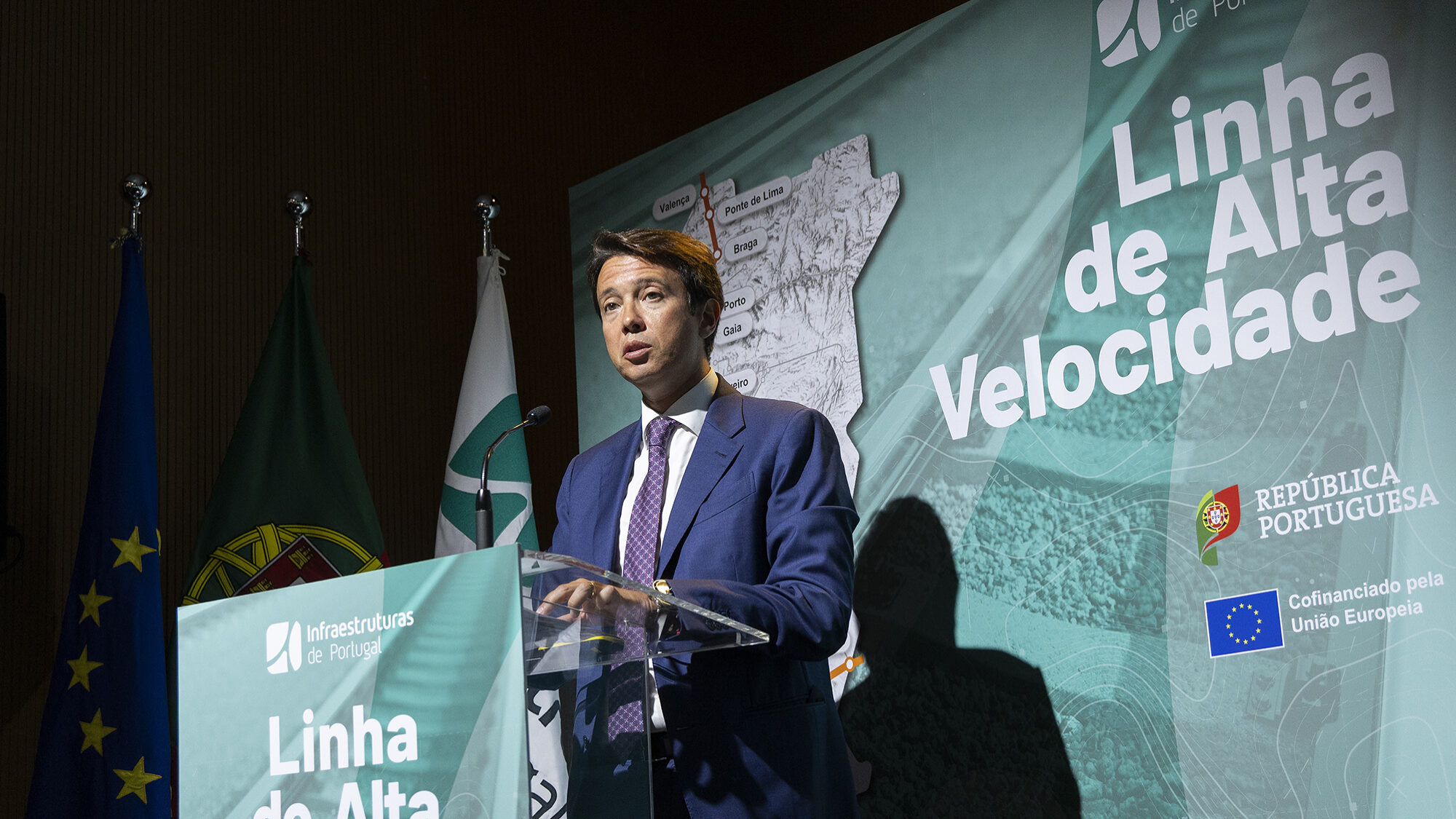Defence spending in Portugal sees biggest annual increase in 11 years
Using the EU concept of defence spending, UTAO estimates that Portugal will reach a ratio of 1.09% of GDP this year, recording the highest annual growth since 2014.
The annual effort that Portugal will make next year to achieve the defence spending target set for 2028 is more than double the forecast for each of the following two years. The calculations are from the Technical Budget Support Unit (UTAO) — a parliamentary body that provides technical support to MPs in analysing and monitoring matters related to the State Budget and public finances — which predicts that the level of State investment in this area will see its biggest jump since 2014 this year.
In its preliminary assessment report on the proposed State Budget for 2026 (OE2026), delivered to MPs on Wednesday, the UTAO presents calculations on defence spending from two perspectives: that of NATO, which is more comprehensive, and that of the EU, which is more restricted. While the former includes military pensions and expenditure on police and internal security forces, but excludes civil defence, the latter, known by the acronym COFOG, follows Eurostat’s methodology for national accounts and is used by the European Commission.
As such, Portugal’s annual defence expenditure under the EU concept is lower than that calculated using the NATO concept. However, the unit that supports MPs focuses on the EU concept, as this is the one used by Brussels in European budgetary supervision.
In 2026, the Ministry of Finance forecasts a further increase in defence spending, in line with the growth trajectory set to achieve the 2028 target of 1.3% (under the EU concept). According to the information and supplementary elements of the budget plan, the ministry expects to achieve a ratio of 1.21% in 2026, i.e. an increase of 0.12 percentage points compared to 2025.
“This development confirms the gradual increase outlined by the Portuguese Government in its request to activate the national derogation clause. If the level forecast for 2026 is achieved, Portugal will need to increase defence spending by a further 0.09 percentage points of GDP over the next two years to reach the target of 1.3% of GDP in 2028, which is significantly less than the annual effort projected for 2026”, it explains.
In other words, if an annual increase in expenditure of 1.12 percentage points is needed to achieve the target set for 2026, in 2027 and 2028 the necessary annual increase will be 0.45 percentage points on average.
However, the UTAO also estimates that the largest increase will take place this year, with expenditure exceeding the level recorded in 2014. “In that year, expenditure reached 1.05% of GDP. In subsequent years, a downward trend was observed, reaching 0.75% of GDP in 2022. From 2023 onwards, there will be a reversal of this trend, with a progressive increase in expenditure”, it recalls, before pointing out that “Portugal is expected to reach 1.09% of GDP in 2025”.
In this regard, he points out that, if realised, this year’s increase will represent the largest annual growth since 2014, corresponding to 0.21 percentage points of GDP. However, when using the concept of NATO defence spending, the promise is that Portugal will allocate around 2% of GDP to public defence spending in 2025. This is a difference of 0.91 percentage points compared to the figure recorded by Brussels.
In nominal terms, the 2026 State Budget proposal provides for expenditure of €3,771.9 million, an increase of 14.8% compared to the investment figure forecast for 2026.
Defence will once again be a key topic at Thursday’s European Council, with leaders expected to discuss the European Union’s readiness and concrete decisions on capacity and governance projects. In 2024, total European spending in this area reached €343 billion, an increase of 19% compared to 2023 and 37% compared to 2021.
Last week, the European Commission proposed a roadmap to Member States to prepare Europe in the defence sector, consisting of four “flagship” initiatives, including the European initiative against drones and a European air shield. The plan sets out objectives and milestones to achieve the expected progress and calls on countries to form capability coalitions.




